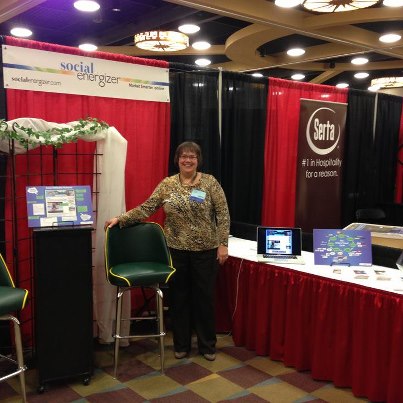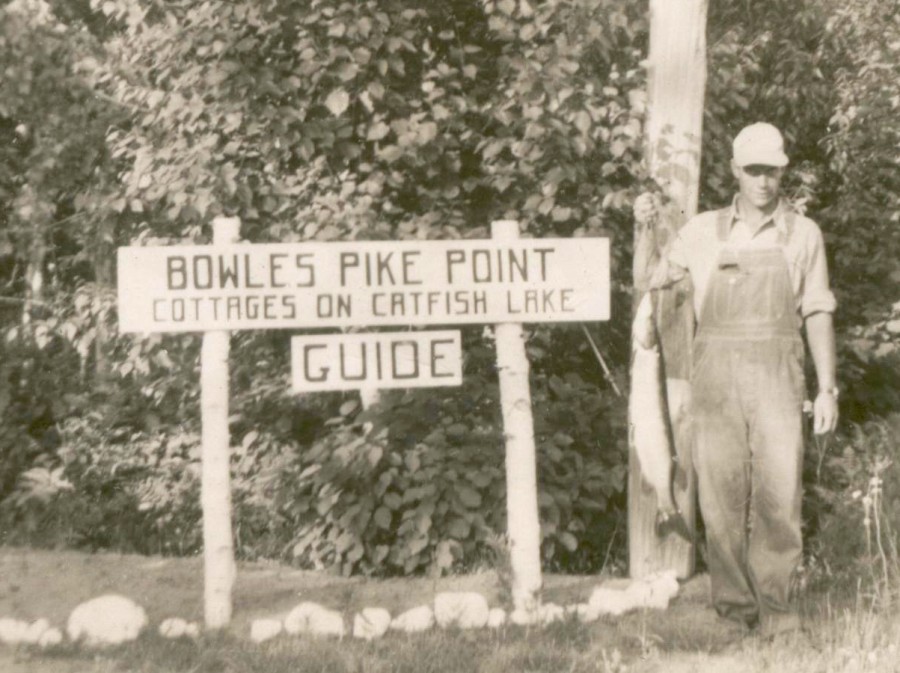Inbound Marketing
Is Your Hotel Facebook Nearby Ready?
Facebook Nearby is picking up momentum. It raises some important questions for hoteliers. Does your hotel have a Facebook Page optimized for business? Can people ‘check-in’ to your hotel on Facebook? How important are guest reviews to your business? Do you actively manage your reviews? And seek new ones? Will Facebook ‘Nearby’ be able to pick…
Read MoreAdditional Revenue Model for Hotels
Catalin calls this hotel strategy The Catwalk Concept. It is fundamentally an additional revenue model for hotels that uses the concept of sponsoring brands that may be used within the hotel. Excerpt from Catalin at Cain: “A branded hotel can take three specific steps to capitalise on this opportunity: First, conduct research to identify specific brands…
Read MoreWH&LA Hotel Web Services Giveaway from Social Energizer
Social Energizer would like to congratulate Dawn Byczek, of the Adams Inn (formerly Adams Super 8), Adams, WI as the prize winner of our Hotel Web Services Giveaway at the WH&LA Convention and Trade Show on Oct 22, 2012. Dawn was among the nearly 200 participants who attended the convention and trade show at Kalahari Resort in…
Read More5 Stages of Choosing Travel
The travel outlook is positive, and with the rise of mobile, social and video behaviors, we are now seeing seeing travelers move through five key stages of travel. Here are some insights within each stage: Dreaming: 68% of business travelers watch travel-related online videos. Among them, 68% are thinking about a trip. Planning: The average…
Read MoreThe Better Road to Success
Ever wonder where Road to Success really is? I’ve been working a lot lately with people that I like and respect. It’s actually a choice I made a couple of years ago and at times I have questioned that decision, as I walked away from certain business opportunities, because of the people connected to them.…
Read MoreYour Guide to Selecting a Hotel Property Management System
When I was young, my grandmother and grandfather owned and ran a small resort in Northern Wisconsin. I remember her notifying the nearby Visitor’s Information Center on Friday evenings when they had open, unsold cottages. It was a friendly conversation that was often repeated just before the cottages ‘turned-over’ for the next weekly rentals. These…
Read MoreKeeping Your Website Real
Recently, Chris, from Design4Real.net, and I ventured down to Posada Yum Kin Hotel in Tulum, Mexico to work on their next web update. It has been a little over a year since images and content throughout the website have been updated, so once again, it is time to refresh everything. Our trip went smoothly with…
Read MoreLife is a Balancing Act
It’s been a little over a week since returning from Mexico where Chris from Design4Real.net and I worked at Posada Yum Kin Hotel in Tulum, Mexico on a fun little website update. It feels like a lifetime ago and in some ways it has been for me. This is kind of a weird story for me to write…
Read MoreTips for Planning a Vacation via Trip Advisor
Travel sites like Trip Advisor, have become one of the most essential social networking and travel planning sites for travelers and for businesses in travel, leisure, and restaurant industries. Monitoring and participating to keep Trip Advisor reputations as favorable as possible may be the most vital online function any travel and leisure-based business can practice. Smart…
Read MoreStringHub –Where Educators, Students and Startups Meet
Article first published as StringHub –Where Educators, Students and Startups Meet on Technorati. As a guest writer, Technorati published my first article last week, which is shown below. I found it a great compliment to be asked to write for Tehnorati. After all, Technorati, the very first search engine for blogs, is considered the gold standard,…
Read More




